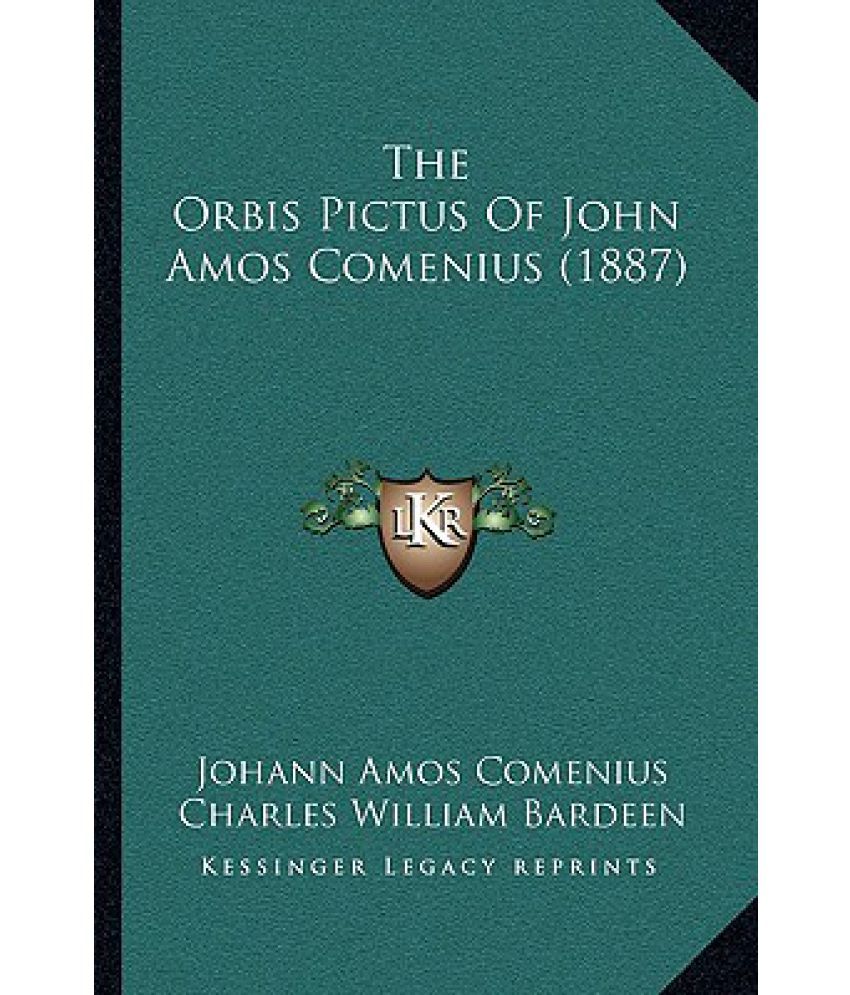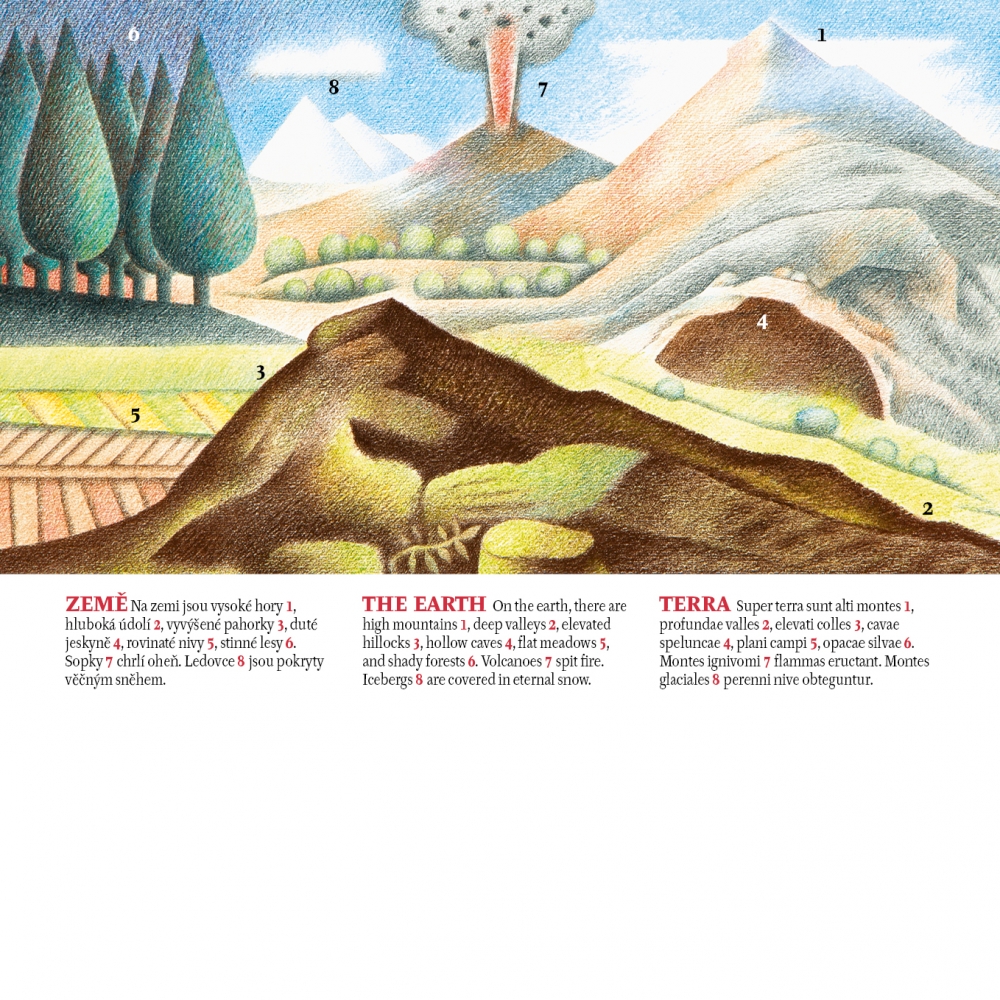

Have students identify things they would like to be able to do with the assistance of an original machine.

In an interdisciplinary or transdisciplinary unit, take your students through the same process. Finally, she documented the process in a book she wrote and illustrated.

Next, she designed and built her wings and considered what she could do once she could fly (deliver mail!). The book begins with Lovelace deciding that it would be fun to fly. Ideal for inter- and transdisciplinary explorations of imagination and invention, the history of coding, the role of women in coding, and the genre of the picture book biography, Ada Lovelace, Poet of Science has many roles to play in classroom life. Stanley’s fluid and playful writing, combined with Jessie Hartland’s whimsical gouache paintings, bring Lovelace’s lofty imagination to life. Like many women in the history of coding, Lovelace’s work was forgotten. In doing so, she mapped out the process of computer programming over a century before the first computer. Her friendship with mathematician and engineer Charles Babbage led to a collaboration on his Analytical Engine Lovelace wrote the notes explaining the process by which the engine could function. While following a traditional life path forged for her by her mother – schooled at home, an arranged marriage, three children – Lovelace still managed to maintain her identity as a mathematician. Lovelace, the inquisitive and brilliant daughter of the famous poet Lord Byron and his mathematically-minded wife Anne Isabella Milbanke Byron, was a natural learner who taught herself about the world in order to create and design. And she had the vision to see, better even than Babbage himself, how much more a computer could do besides just processing numbers.” While this quote may bring to mind a mid-20th century coder in Silicon Valley, the subject is Ada Lovelace, who died at the early age of 36 in 1852. Written by Diane Stanley, Illustrated by Jessie Hartland Ada Lovelace, Poet of Science: The First Computer Programmer


 0 kommentar(er)
0 kommentar(er)
